A local’s guide to Kew Gardens: plan the perfect botanical day trip
Disclosure: This post contains affiliate links. I earn a small commission on every purchase made at no extra cost to you.
As one of the most famous gardens in the world, the Royal Botanic Gardens at Kew is a top destination for visitors to the UK. With nearly 2 million visitors last year, Kew Gardens is the second most visited paid attraction in England. Kew is a botanical wonderland filled with such a wide variety of plant life that it could keep one busy for days (and for me personally, it has!).
As a local to Kew, here is my comprehensive guide to visiting Kew Gardens. These are all my top tips, from hidden gems in Kew Gardens to a suggested route.
From the grandeur of the Palm House to the charming serenity of Queen Charlotte's Cottage, here is an outline of what to do at Kew Gardens. Find FAQs about Kew Gardens at the end of the post.
Kew Palace
Visiting Kew Gardens
Kew Gardens History
Kew Gardens was established in 1759 by Princess Augusta, King George III’s mother. The Royal Botanic Gardens quickly became known for its extensive collection of plants as the British Empire important species from all around the world.
Botanists and explorers led expeditions around the world in order to document new plant species, and the garden grew further in the 19th century. Therefore, Kew has inextricable ties to colonisation and British imperialism.
The iconic Palm House was built in 1844. The Victorian glasshouse is the most recognisable structure at Kew Gardens and is a stunning centrepiece.
Kew became a UNESCO World Heritage Site in 2003 due to its exceptional efforts to preserve plant diversity.
Located near Richmond, the area is full of historic sites, and Kew is central to this heritage. It’s one of the best things to do in South West London.
Kew Gardens tickets
Ticket prices differ based on age, concessions, and time of year. Standard adult entry is £24 while students pay £10. Kids aged 4 to 16 are £5, and under 4s go free.
The prices fluctuate depending on the season. These are the prices in peak season, but it will be cheaper in the autumn and winter.
Booking ahead is a good idea. Advance tickets will save you a few pounds, and it minimises wait times getting into the gardens.
Saving money on Kew Gardens tickets
One way to save on Kew Gardens tickets is by using the 2 for 1 deal if you travel by train with National Rail.
Kew is also included on the London Pass, so if you’re visiting London and planning to go to many different tourist destinations, this could save you loads.
For Londoners, it’s worth noting that the Kew membership is very reasonably priced. Especially for under 30s—it’s only £32 for a year! We love having our joint membership and it means we get to bring extra visitors, too.
Kew Gardens opening times
In peak season Kew is open from Monday to Friday, 10am to 7pm (last entry 6pm) and Saturday, Sundays & Bank Holidays, 10am to 8pm (last entry 7pm).
There is early entry available for members.
Times change during the year and the garden closes around 4pm in the winter.
Pre-book a ticket to Kew Gardens here.
How to get to Kew Gardens
Kew Gardens is very well connected by public transport. Here’s a few options:
Take the underground to Kew Gardens station via the District Line or London Overground. The station is in the very cute Kew Village so it’s a delightful walk.
Take the National Rail to Kew Bridge Station or Richmond and hop on a bus or walk.
Take a bus to Kew — Bus routes 65, 237, 267, 391, 391, and K3 pass near Kew Gardens.
Drive directly to Kew, but keep in mind that parking can be scarce and Kew is in the ULEZ.
Boat rides to Kew Gardens
Another option for transportation to Kew Gardens is taking a boat which docks at Kew Pier. The Thames Riverboats (Uber Boats) are a public transport option throughout London, so can take you from central to Kew.
There are also private companies that operate boats to Kew, as well as to Richmond and Hampton Court Palace.
The best things to see at Kew Gardens: my suggested route
There is so much to see at Kew Gardens that I find it difficult to see more than half of it in a day. Of course visitors to London are keen to see all they can of the garden while here. I’ve made this route to lead you through almost the entire site, seeing all of the noteworthy attractions. But Kew always takes some prioritising, so you’ll have to decide where to spend your time.
This route is designed to enter at Elizabeth Gate, off of Kew Green, so is nearer to Kew Bridge station.
1. Kew Green
The reason I’ve started you at Kew Green is that it’s one of the most charming collection of houses in London. The stunning architecture gives pure London vibes and much of it is very historic—members of the Royal Family used to live here during the time that King George III spent his time at Kew.
Have a wander around Kew Green to admire the area before entering through Elizabeth Gate.
2. Enter Kew Gardens Elizabeth Gate
Entering through Elizabeth Gate is my local tip because it’s much less busy than entering from the main gate, Victoria Gate. So entering here should help you get in quickly and also sets you up perfectly for the route around the gardens.
3. Take a peek at Kew Palace
The 17th century Kew Palace is a bright red brick building that seems rather humble for a palace, especially considering Buckingham in central London.
Kew Palace was the home of King George III, Queen Charlotte and their family. King George preferred a more humble lifestyle and lived here during his intense illnesses.
The rooms have been beautifully restored and narrate the history of the family. The staff at Kew Palace are dressed in Georgian garb, adding to the historical atmosphere of the place.
The garden behind Kew Palace is one of my favourite gems in Kew Gardens, especially in the spring. In late May the yellow laburnum arch is in full bloom, creating a stunning tapestry of colour in the garden at this special historic home in London.
4. Enjoy the Great Broad Walk Borders
At just over 320 metres, the Great Broad Walk Borders are a gardening masterpiece flanking a main avenue through Kew Gardens.
The flowers are arranged in themes in 8 circular beds, often colour coordinated and contrasting in texture to create a curated garden in every season.
5. The Hive
The Hive is a striking art installation created in 2015 by Wolfgang Buttress. The 17 metre tall hive evokes beehives and pays tribute to the bees that live in Kew Gardens through its responsive LED light design.
6. Princess of Wales Conservatory and Kitchen Gardens
Behind The Hive lies the Princess of Wales Conservatory, a modern glasshouse featuring desert and tropical plants.
The conservatory has a pond with fish and an underground observation area (this is a hit with kids!). Giant waterlilies float in the pond and there’s even a zone for carnivorous plants such as Venus flytraps.
This is where the incredible Orchid Festival happens each February, if you happen to be visiting Kew in winter.
Beyond this is the Kitchen Garden, where a wide variety of produce is grown, as well as beautiful rose-covered trellises.
7. Waterlily House
Waterlily House may be my favourite spot in Kew Gardens. The tiny glasshouse is home to waterlilies which grow giant in the summer and bloom with pink and purple lilies.
The species on display is Victoria amazonica (Amazon waterlily) and the glasshouse was designed specifically to house it in 1852.
Fun facts about the Waterlily House:
They dye the water black with food dye to prevent algae from growing, and it also helps create beautiful reflections.
The Victorian architect Joseph Paxton was inspired by the intricate design of the waterlilies to create his Crystal Palace.
8. Palm House
Palm House is the majestic centrepiece to Kew Gardens. The Victorian glasshouse is stunning just in its iron and glass architecture, but also houses some of the most intriguing plants in the garden.
The glasshouse is designed for rainforest plants, which make up 50% of the worlds species despite being only 2% of the land mass.
Because it is crucial to preserve this biodiversity, the Palm House contains many rare or important rainforest species from around the world, such as the prehistoric cycads—trees that have existed since before the dinosaurs!
9. Rose Garden
The rose garden is located directly behind the Palm House. Dozens of beautiful varieties are planted in elegantly shaped beds, framing the Palm House architecture. 170 different roses are planted here, from the apricot coloured ‘Lady of Shallot’ to the tea-fragranced ‘Port Sunlight’. It’s one of the loveliest rose gardens in London.
10. Treetop Walkway
From the Rose Garden, it’s a little bit of a walk to the Treetop Walkway. Standing 18 metres tall, the walkway allows visitors to view the gardens from the height of the tree canopy, and to get up close and personal with Kew’s towering trees.
11. Queen Charlotte's Cottage
Queen Charlotte had a small cottage built for her at Kew, which sits in the far corner of the garden. The charming small cottage was used for rest on long walks. The Queen even housed pets here, such as pheasants and kangaroos.
The cottage is lovely, and you can visit the rooms inside. It’s best during bluebell season, and looks like something out of a storybook.
12. Japanese Landscape and the Great Pagoda
The Japanese Landscape is a quiet place for reflection, creating a sense of harmony in Kew Gardens. It features a wooden gate made in the style of 16th century Japanese design.
Cherry blossoms bloom here in the spring, and raked gravel around large rocks creates a calm atmosphere.
The Great Pagoda was a gift to Princess Augusta in 1762. Recently restored, it’s now possible for visitors to go to the top and marvel at the view. It’s a good example of an orientalised folly popular in the 18th century.
13. Temperate House
The Temperate House is another magnificent Victorian glasshouse, recently restored to its former glory. It houses plants from temperate climates, meaning that they need to be in conditions of 10 degrees celsius or more to survive.
Expansive and bright, it’s a wonderful corner of Kew Gardens that often houses extra exhibitions or events, such as Dale Chihuly’s wonderful installations in 2019.
14. Art Galleries
The final stop of the day are the art galleries. The Marianne North Gallery is a spectacular display of botanical illustrations made by Marianne North during her world travels in the 19th century. She was a master of botanical painting and captured the world’s biodiversity in great detail. You can read more about Marianne North in my article for Cabana Magazine.
Next door is the Shirley Sherwood Gallery of Botanical Art, which showcases contemporary, changing exhibitions. I love that art is prioritised at Kew, and there is always something interesting to discover here.
By ending at the art galleries, you will be very near Victoria Gate which is an easy exit location and where the main shop is located.
Book a ticket to Kew Gardens here.
Kew Gardens through the seasons
Best time to visit Kew Gardens
What is the best time to visit Kew Gardens? The simple answer is always, as the garden is consistently beautiful and there is always something wonderful to see. But the answer can be more in-depth than that.
The best month to visit Kew Gardens
Personally, I think that May is the best month to visit Kew Gardens. At the beginning of the month it will be blooming with tulips and blossom, moving on to wisteria, laburnum, rhododendrons and roses at the end of the month.
Summer in Kew Gardens
Summer is a wonderful time to visit Kew as the garden will be flourishing and a sunny day is a perfect time for a picnic there. There are lots of special events throughout the summer, and it is open later in the evening.
There are even days when visitors are allowed to bring their bicycles, making it much quicker to explore all the far-reaching corners of Kew Gardens.
Autumn in Kew Gardens
Kew is gorgeous as the leaves start to change with the seasons. The colourful maples in the Japanese garden are lit ablaze, followed by autumn foliage around the park. The treetop walkway is especially exciting at this time of year.
Winter in Kew Gardens
Winter is the slow season for Kew Gardens, but I actually love visiting at this time of year. Going into the glasshouses is almost like a holiday into warmer climes. Snowdrops abound in February, and the incredible Orchid Festival brings much needed colour to London during this time.
Spring in Kew Gardens
Kew is one of the best places to see spring flowers in London. From drifts of daffodils and crocus to lush blooming gardens later in the season, there is always a beautiful treat for the senses during the spring months.
What to do at Kew Gardens
Besides seeing all the sites at Kew Gardens, there are plenty of fun activities to add on to a visit. Here is an overview of some of the things to do at Kew Gardens.
Kew Gardens activities and events
Children’s trails
Every October half term, Kew runs themed trails after popular children’s books and characters. In the past they have run a Gruffalo Trail, as well as one inspired by Room on the Broom. It’s a fun way to keep kids busy and explore a different side of Kew.
Picnics at Kew Gardens
It’s completely allowed to bring a picnic into Kew Gardens and many people enjoy leisurely picnics on the grass during their days out at Kew. There’s lots of lawn space to sit and enjoy a picnic, but my favourite might be near the rose garden.
Kew Gardens Afternoon Tea
The Botanical Brasserie is an upscale eatery at Kew with an afternoon tea offering. A bit less than £30 per person, it’s a classic afternoon tea menu with botanical tea flavours.
Orchid Festival
The Orchid Festival runs during the month of February in the Princess of Wales Conservatory. Each year is themed around a different country which is home to orchids, and celebrates the biodiversity of that place.
Extra events such as late evenings with music are put on during this time.
Christmas at Kew
Christmas at Kew is a spectacular affair. The entire garden is lit up with impressive installations and themed trails. There is even a laser show in front of the Palm House. It’s on in the evenings during the holiday season, and costs an extra ticket for members.
Art exhibitions
Changing art exhibitions come to Kew and are on display in the galleries, and also in areas such as the Temperate House or dotted around the site. The art in these exhibitions are always inspired by plant life in some way and celebrate global diversity. I love the art exhibitions at Kew, they really enrich the cultural offering here.
Kew Gardens FAQs
-
No, only registered disability assistance dogs are allowed in Kew.
-
Adult tickets range from £12 - £22 depending on peak times. Various concessions are available, see Kew’s ticket website for more.
-
A full day. There is so much to see and do at Kew Gardens that it could take longer than that to feel satisfied. Many members pop in and out for a few hours, but for a first visit I would recommend an entire day.
-
Absolutely. Kew Gardens is the premier botanical garden in the world, so for any type of garden enthusiast it is a must-see.
-
May is the best month to visit Kew Gardens, as there is the most variety in what is blooming and the gardens are at their most colourful.
-
No, there are no free days at Kew Gardens. Members enter free after buying a year’s membership.
-
There are several entrances. Victoria Gate is the main entrance which is halfway down Kew Road and is the busiest. Elizabeth Gate is off Kew Green is and is a quieter entrance near Kew Palace. Lion Gate is towards the Richmond side of Kew Gardens and is another quieter entrance. Brentford Gate is on the riverside, and is the entrance for those driving in and parking on site.
-
Kew Gardens is very busy with nearly 2 million visitors per year. However, with a site so large, the number of visitors does get filtered around and only certain places (like the glasshouses) feel crowded during peak times.
-
You don’t have to, but it is a good idea during peak season to ensure a ticket at your preferred time. The other benefit to booking ahead is saving a few pounds on an advance ticket.
If you are a lover of gardens, make sure to check out the rest of the most beautiful gardens in London, many of which are free.


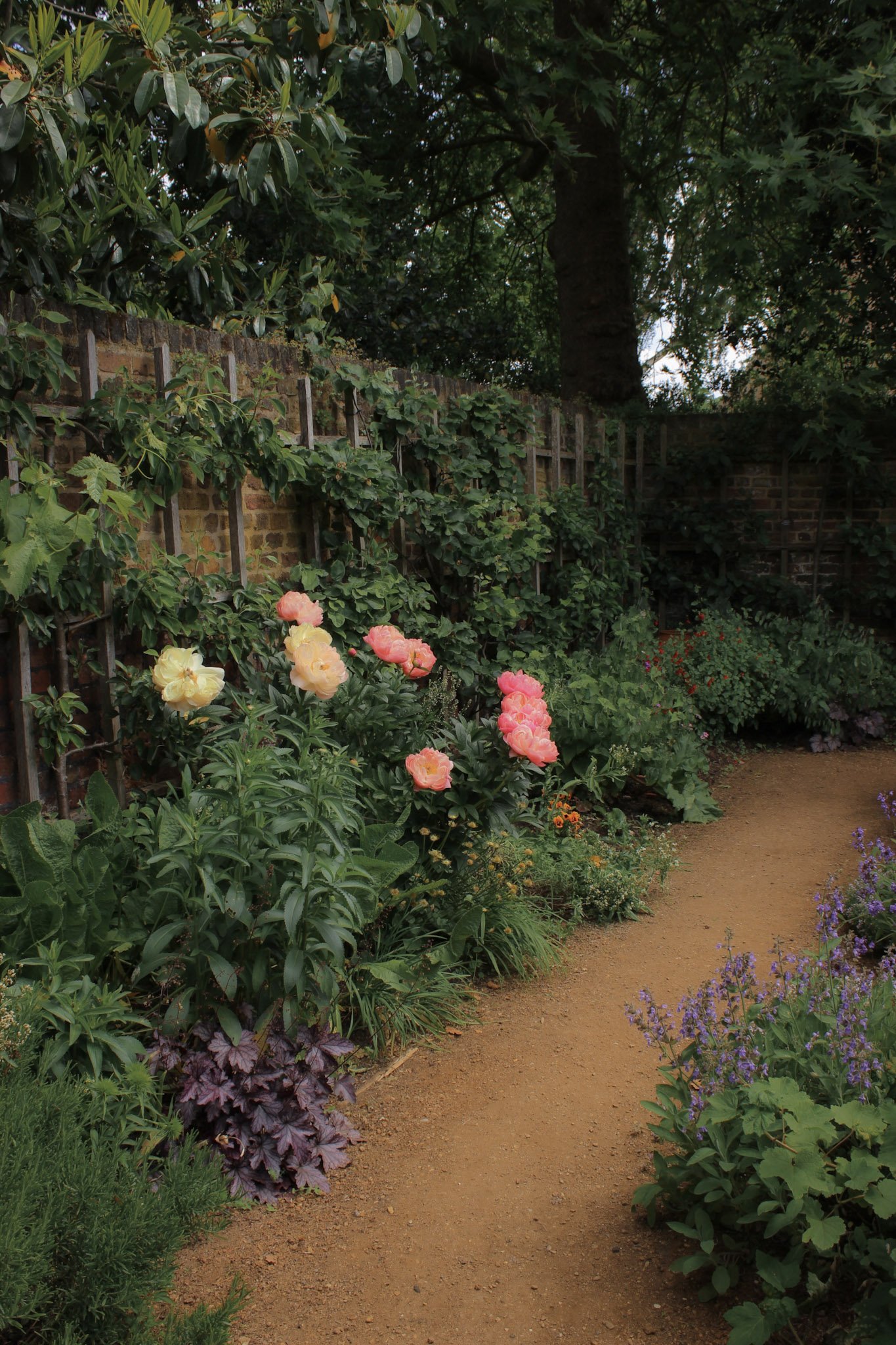
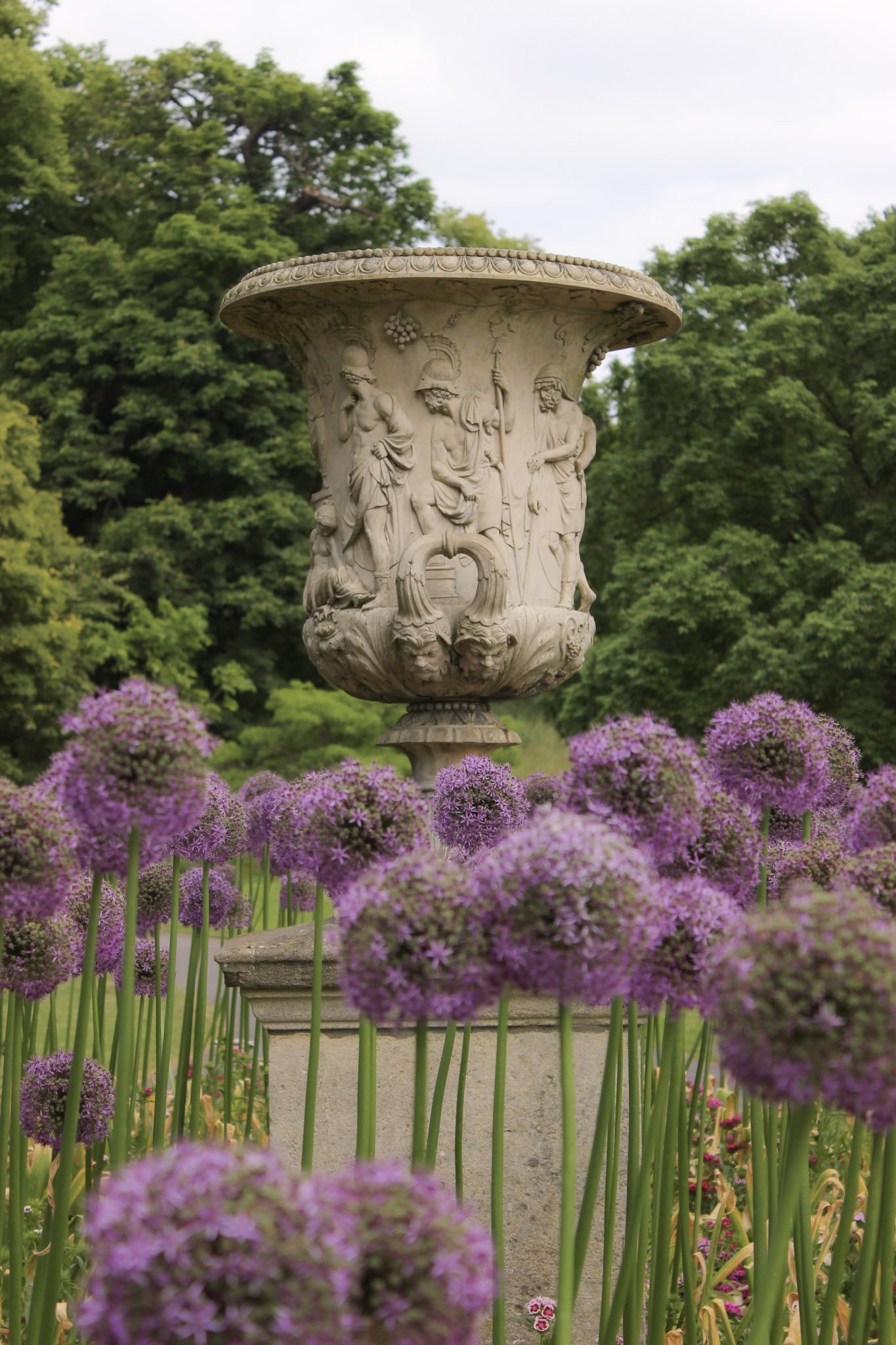
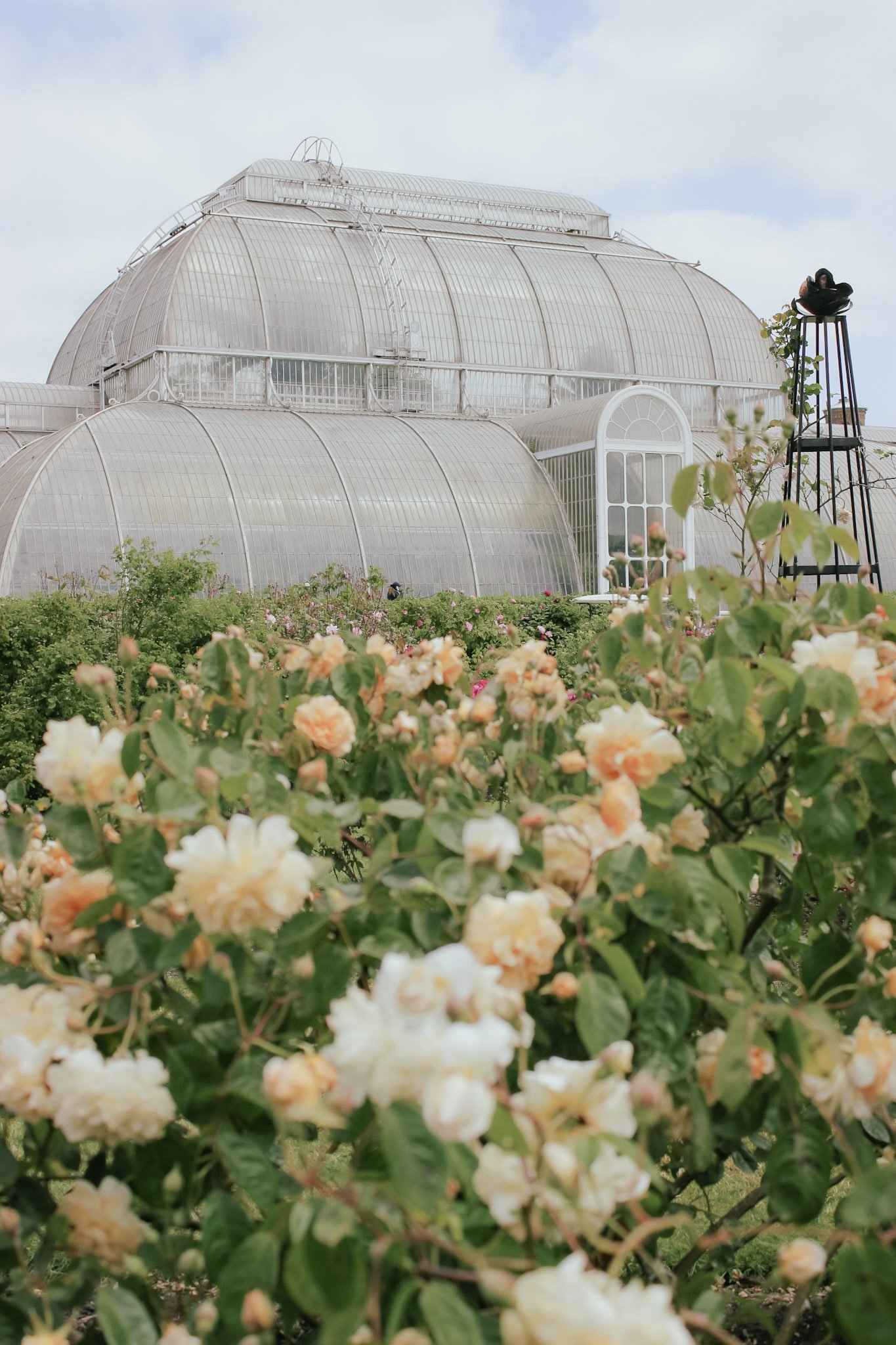
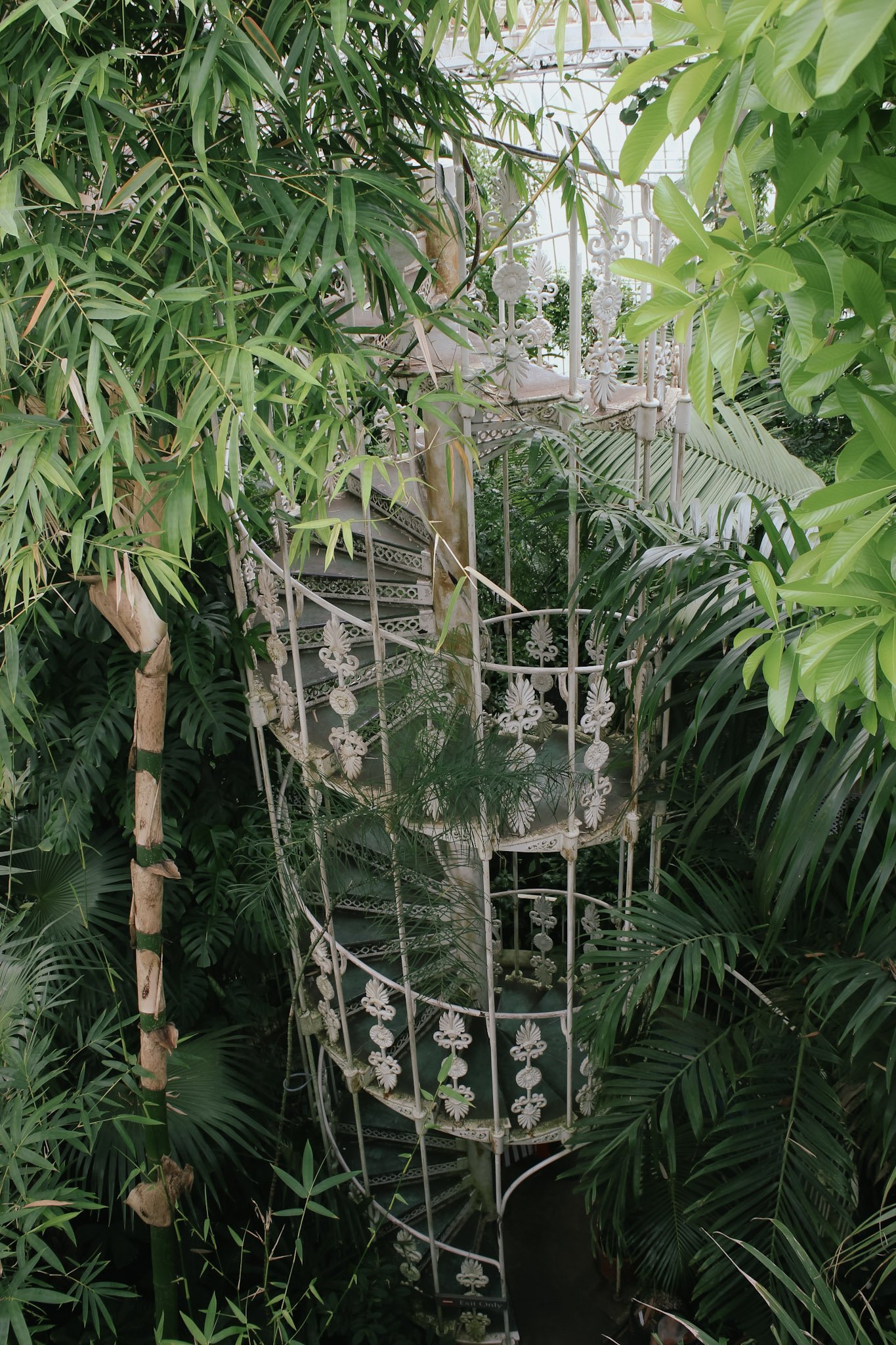
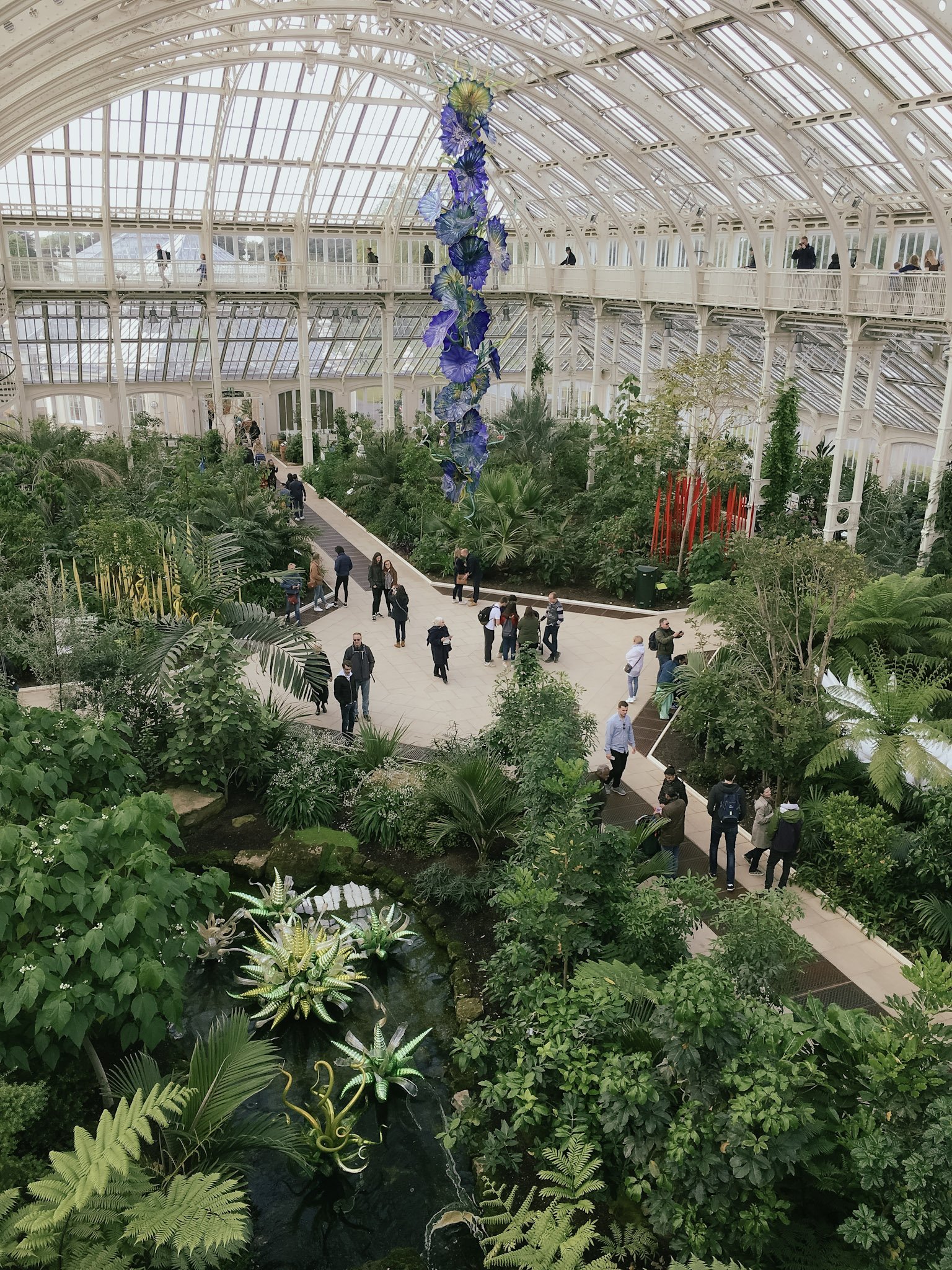

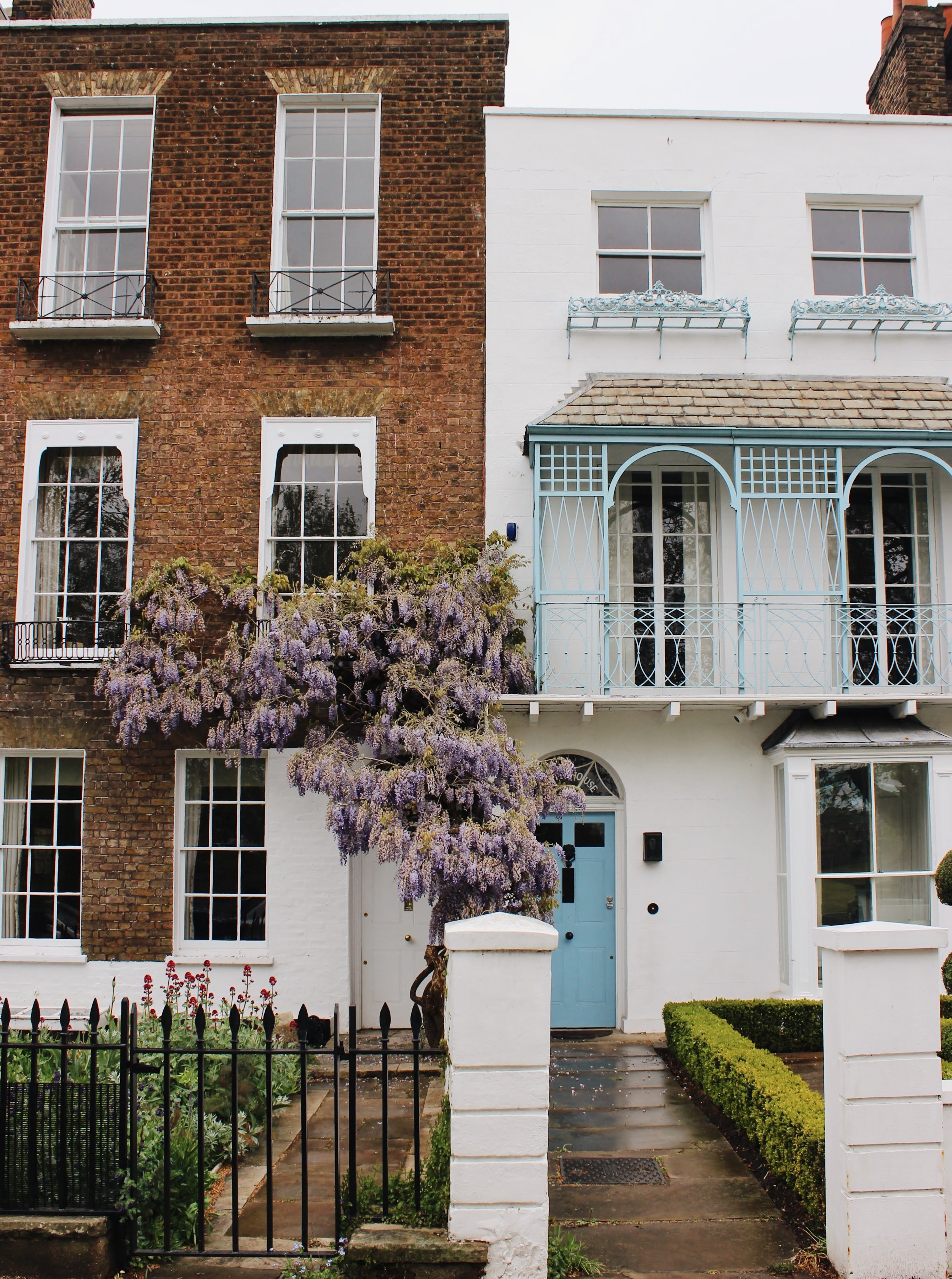
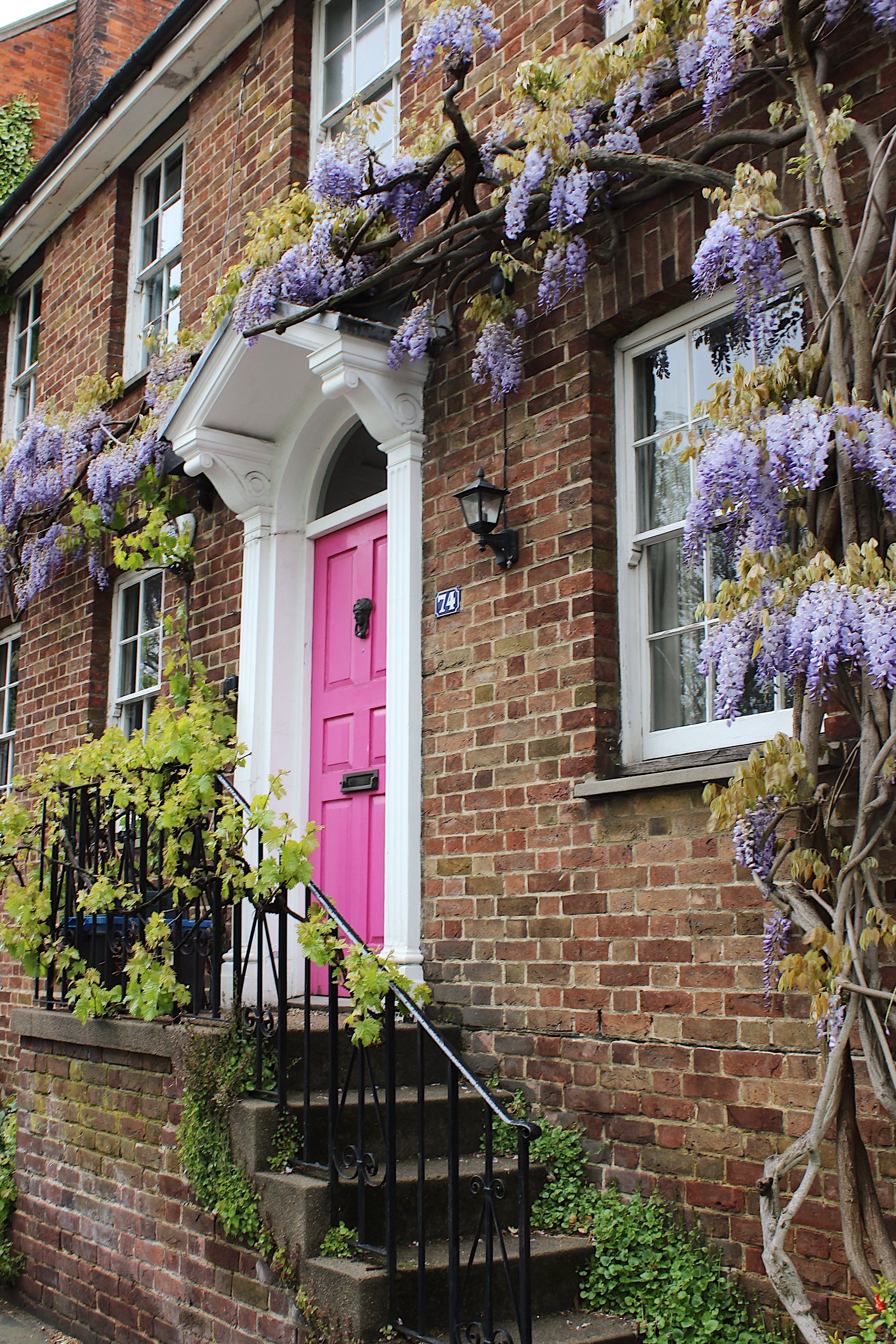
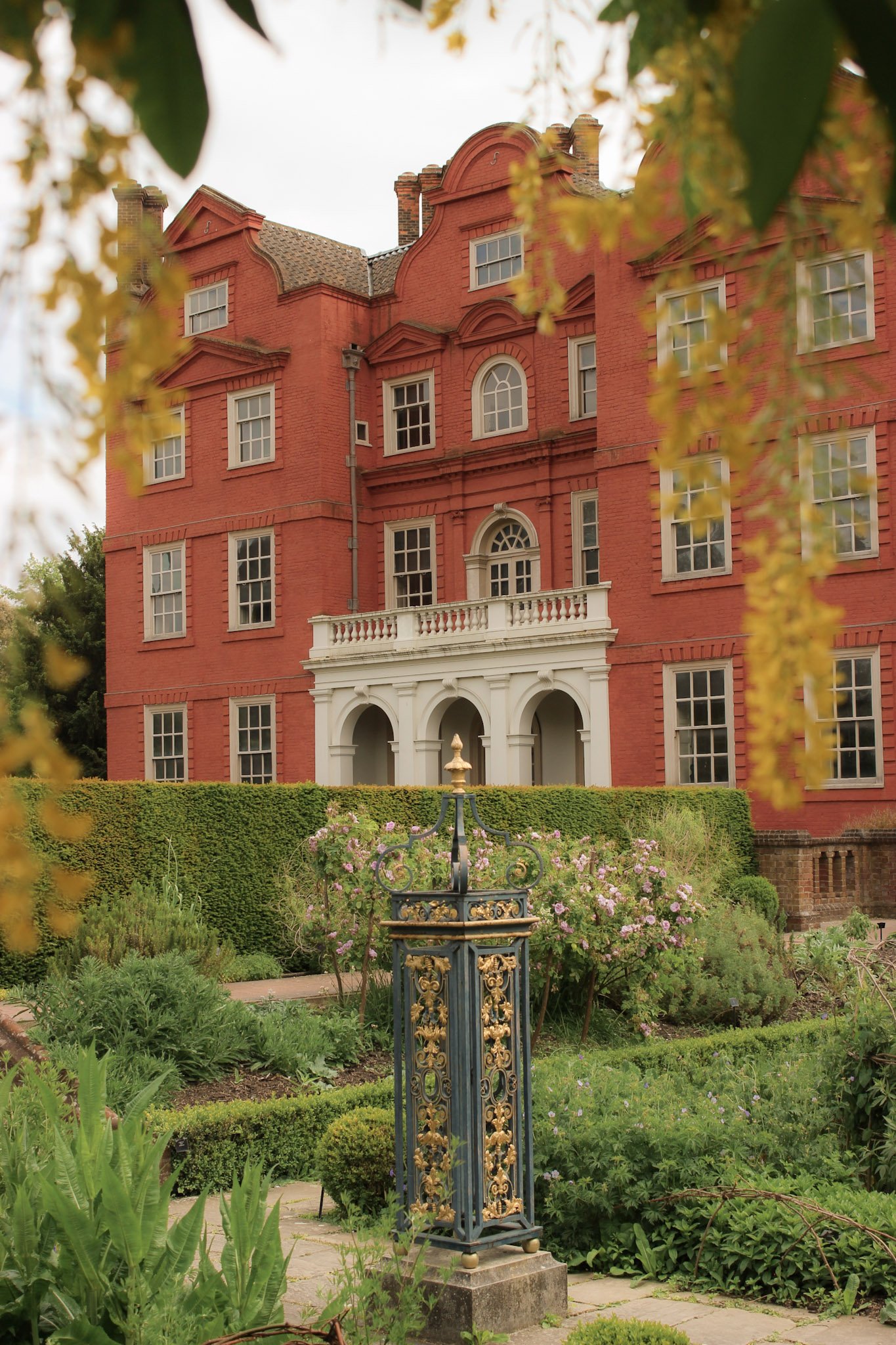
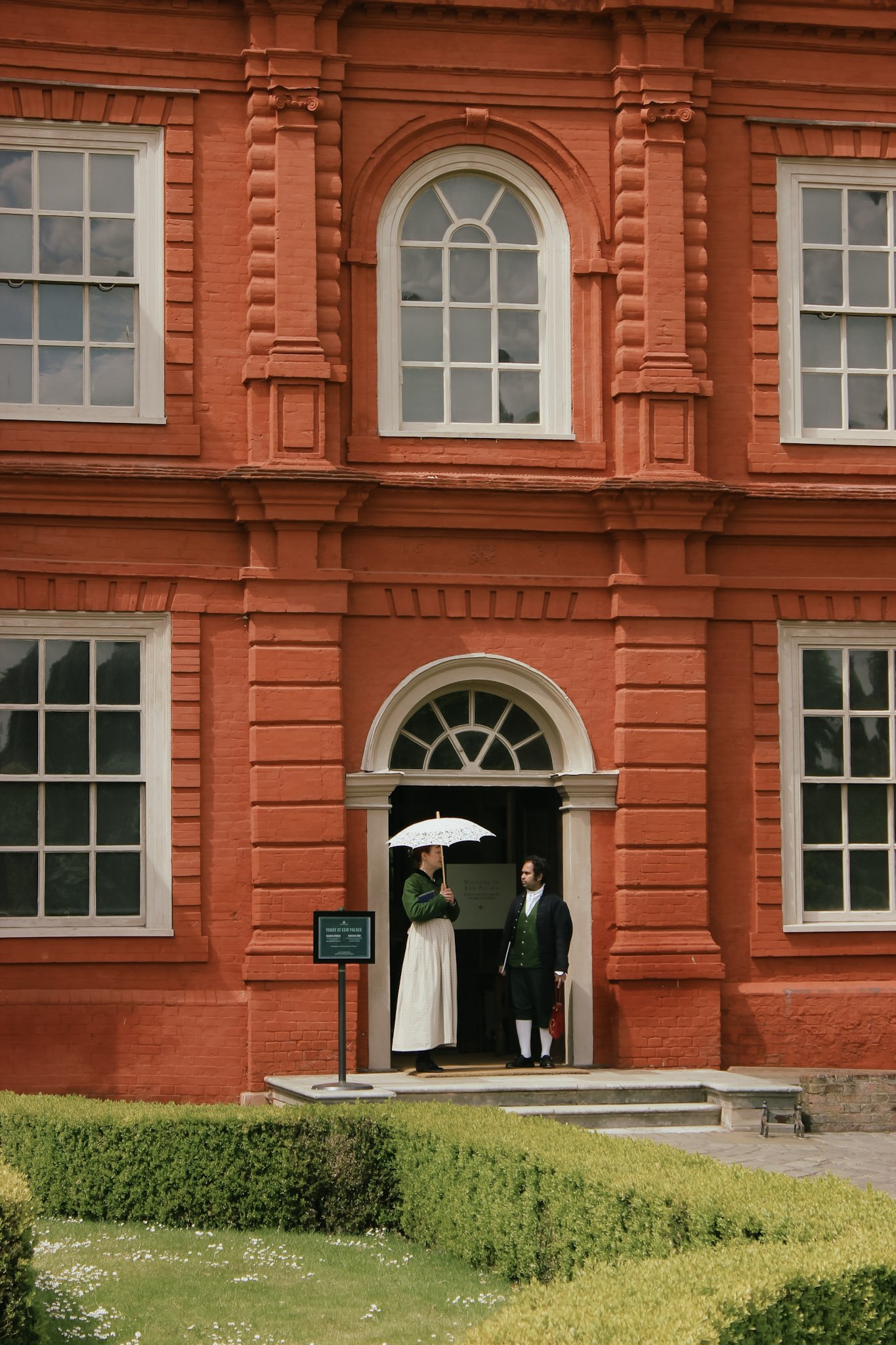

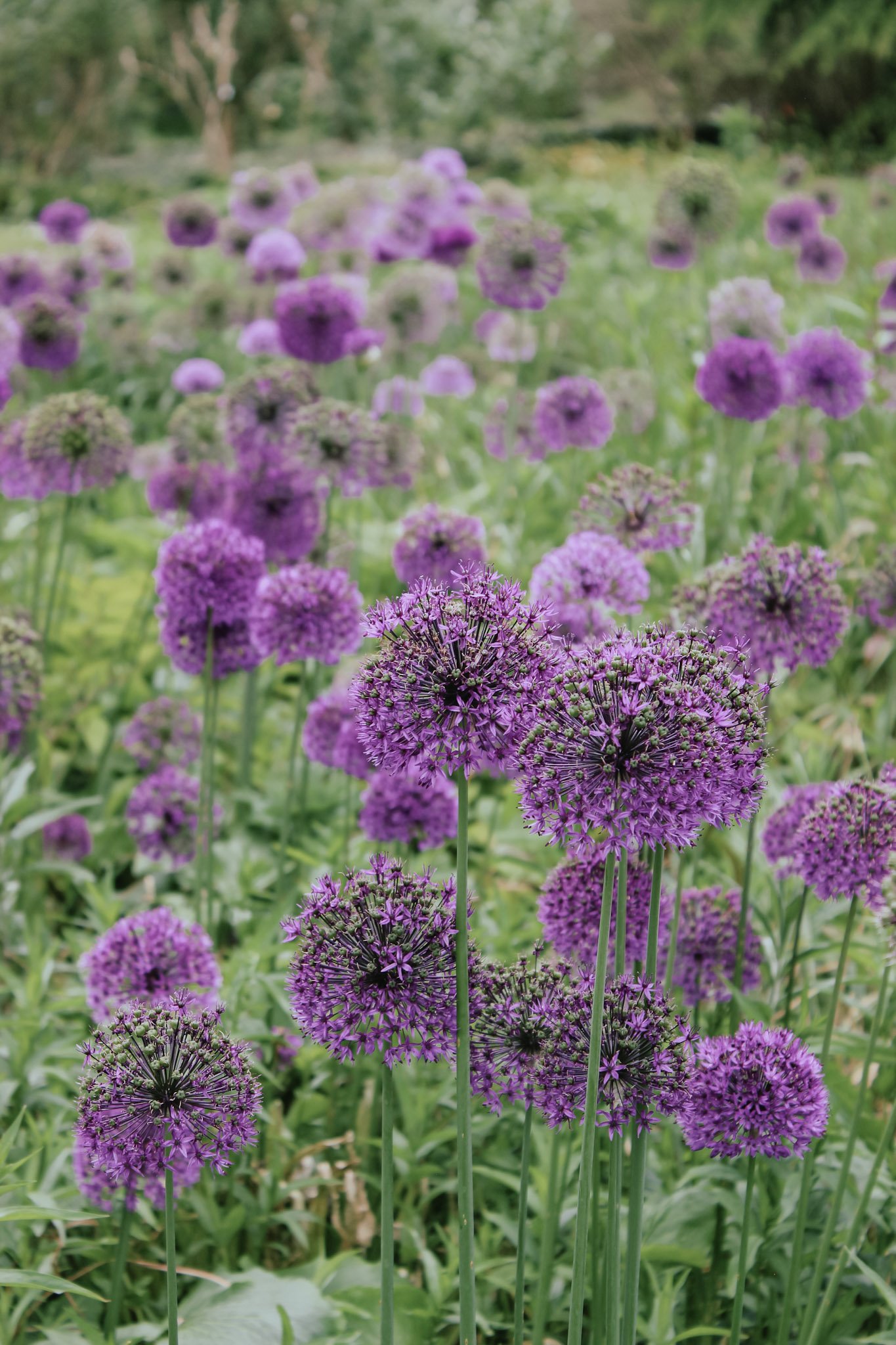






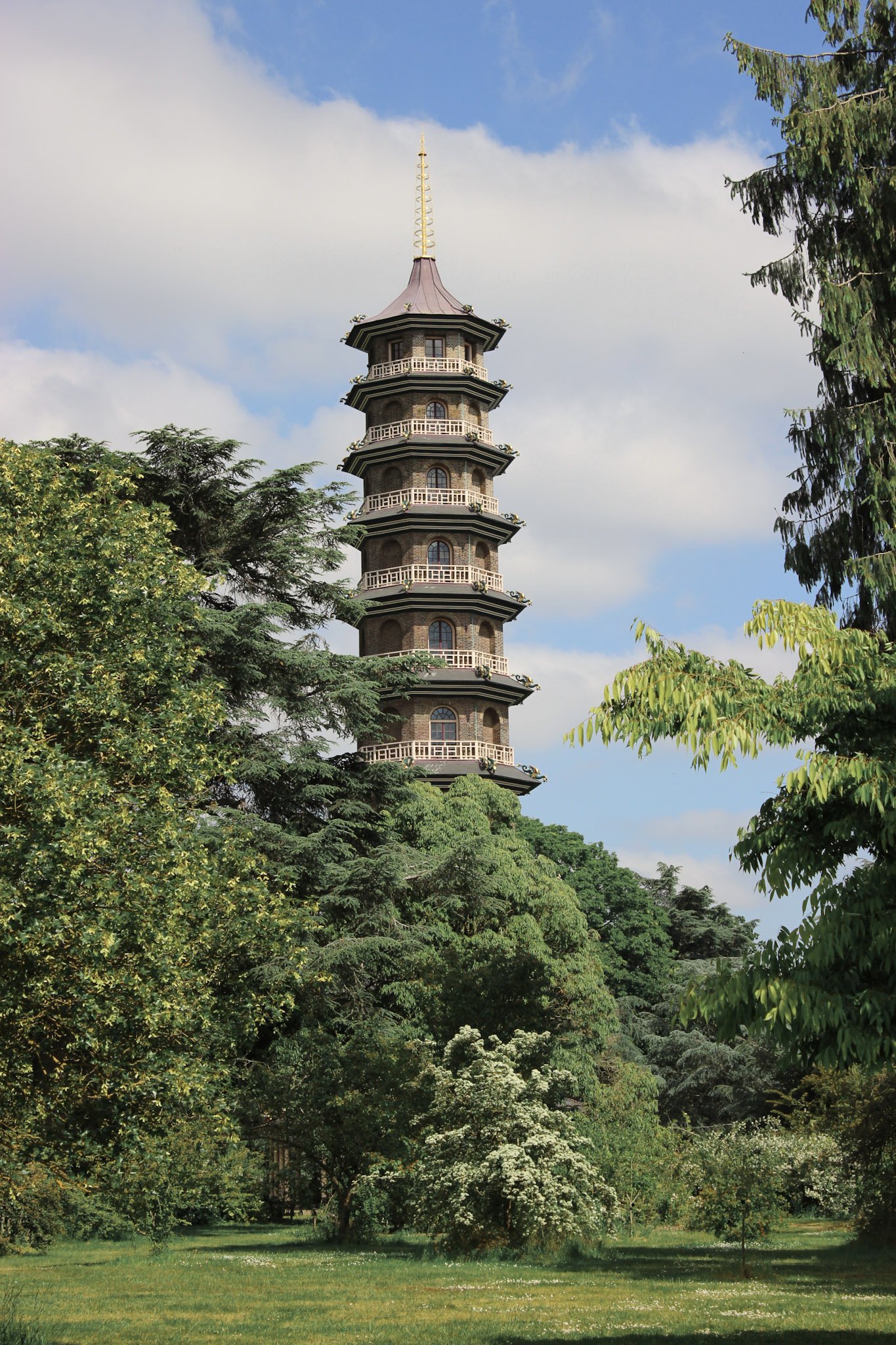
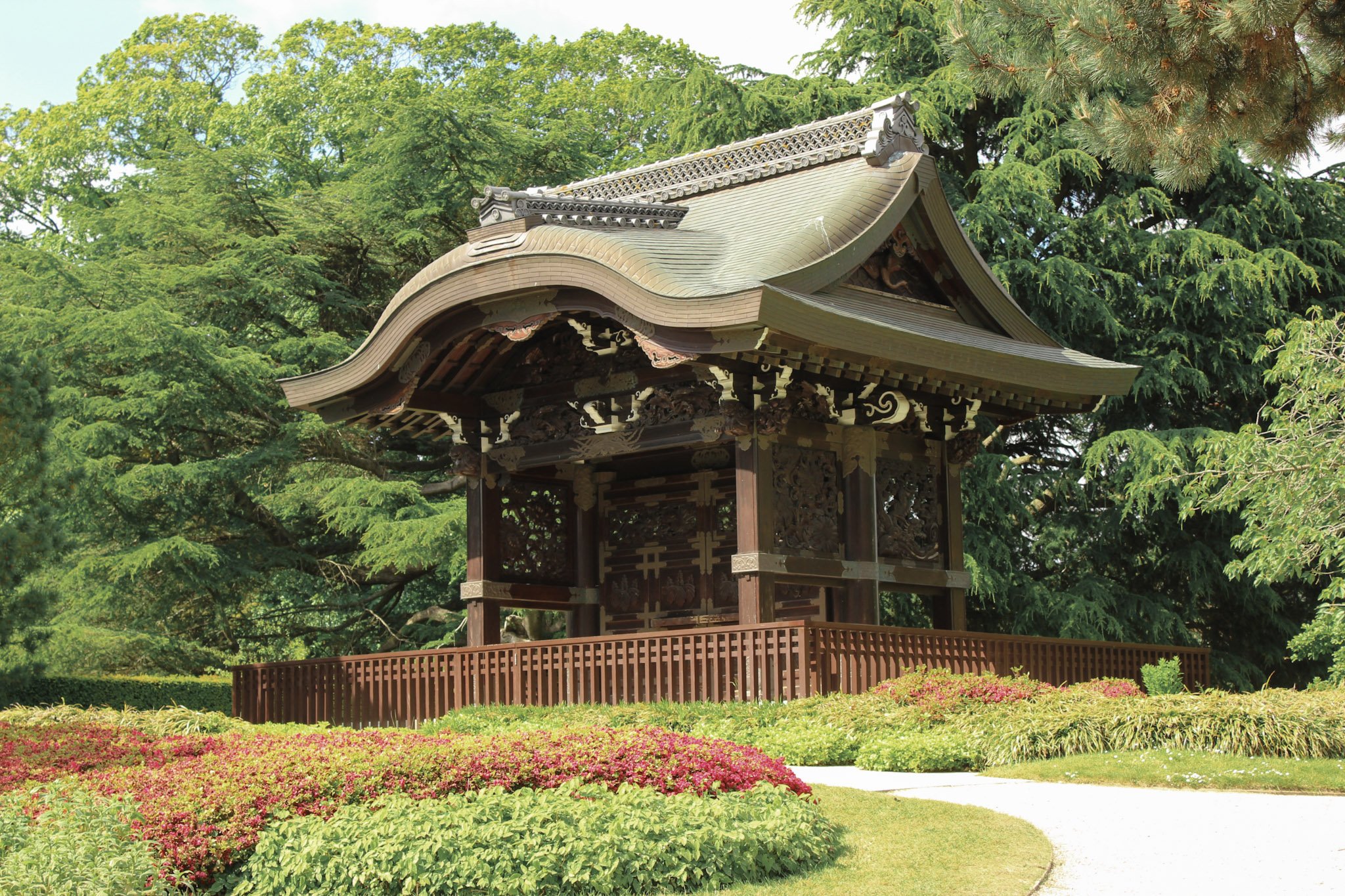
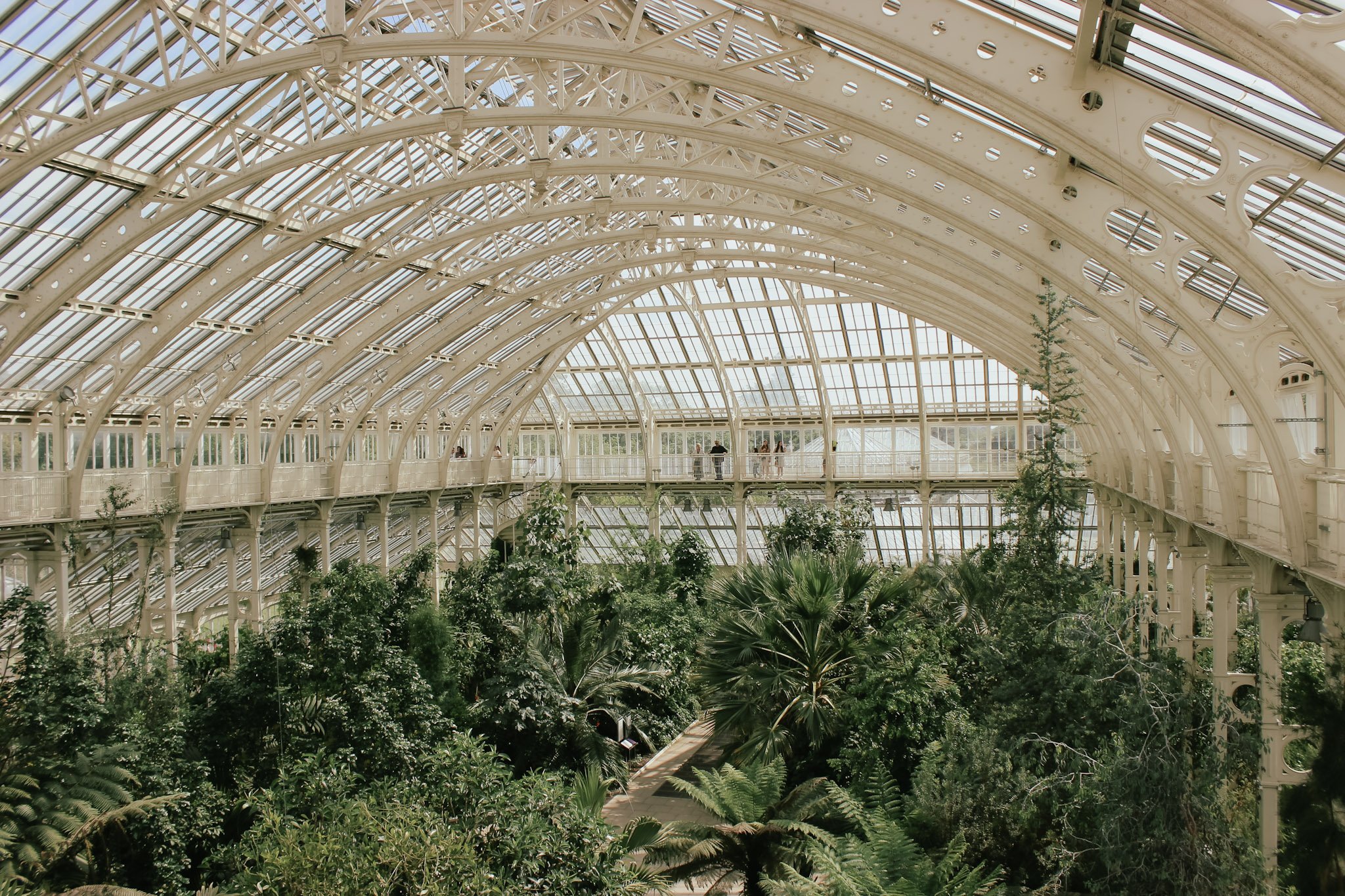



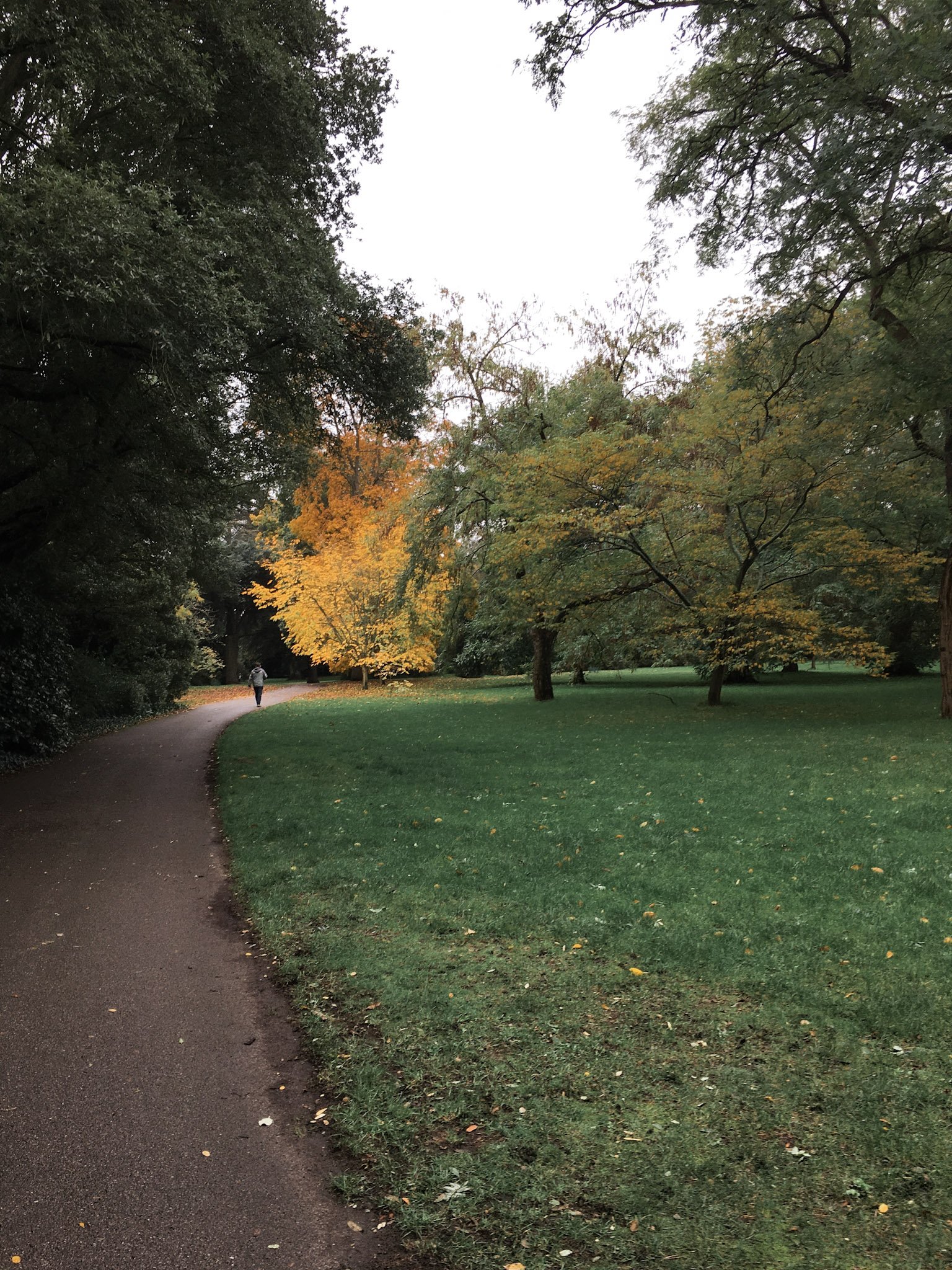



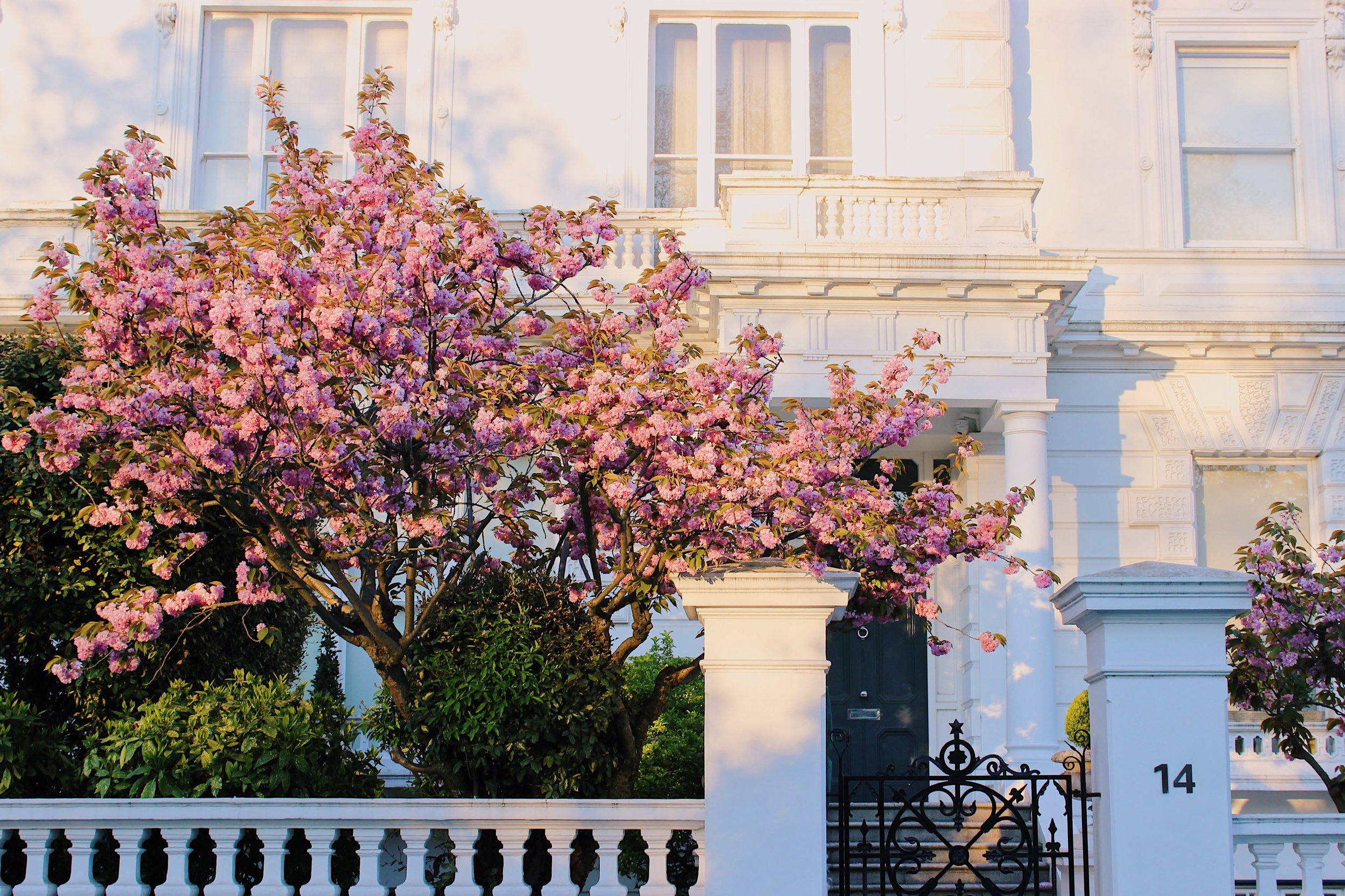
I never expected England to be such an ideal place for tulip gardens, but once I discovered the amazing displays (many of them even in free London parks) I realised that there is no need to go to the Netherlands for tulip season if you live in the UK. Whether you’re a local or visiting in April, this guide covers the best tulip gardens in London and nearby in South East England.